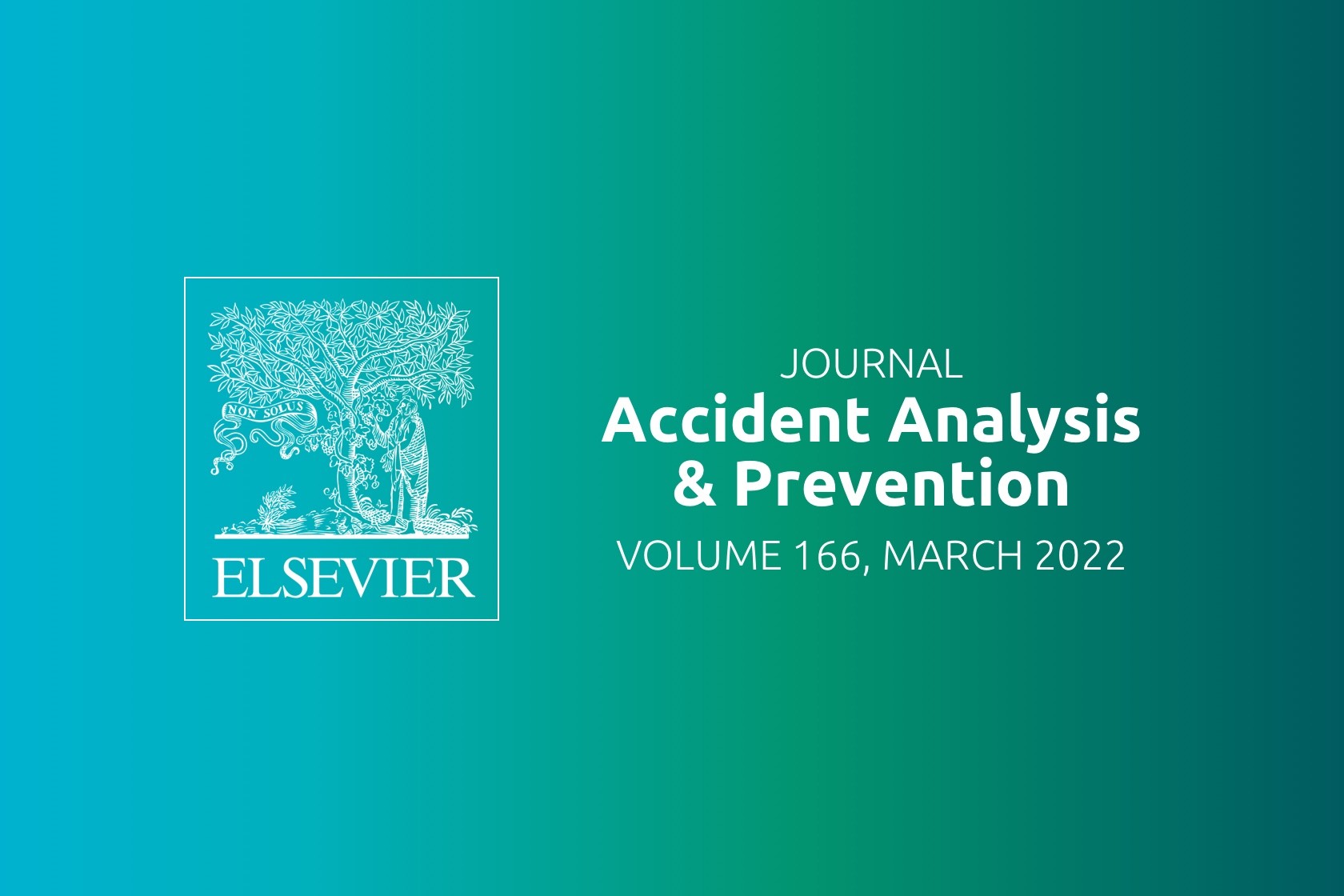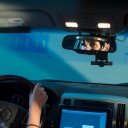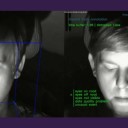Drivers of partially automated vehicles (PAVs) are relieved from parts of the driving tasks allocated to the automated driver. Ironically, these drivers are obligated to continuously monitor the driving task at all times and keep their attention on the roadway. This reduction in the driving task's demands and cognitive workload may encourage drivers to engage with non-driving related tasks (NDRT), which may impair drivers' awareness of the road environment and, as a result, compromise safety.
This study examined how engagement with a visual-manual NDRT affects the driving performance of PAV drivers. Thirty-seven participants were randomly assigned to one of two experimental conditions in a driving simulator. Each consisted of two simulated drives. The first experimental condition included one drive under manual driving conditions and another under partially automated driving conditions (i.e., L2). Both drives had no NDRT involved. The second experimental condition included one drive under L2 without an NDRT and one drive under L2, including engagement with an NDRT. Participants' eye movements and heart rate were recorded throughout the experiment. Across various measures, the findings showed that under L2 driving conditions, engagement with an NDRT impairs driving performance in two primary aspects: (1) drivers were less aware of road hazards, and (2) their mental workload was higher when they engaged with an NDRT. In addition, the findings reveal that for drivers engaged with an NDRT, the attentional time-sharing strategy between the NDRT and the roadway monitoring task affected the probability of identifying a hazard. This study shows the adverse effects of engagement with an NDRT under L2 driving conditions on driving performance. Future studies should examine different interventions to mitigate these effects, assuring that drivers are constantly aware of the roadway environment.
This paper is based on experiments done in WP1. Read the whole paper, published in Accident Analysis and Prevention » Driver distraction and its effects on partially automated driving performance: A driving simulator study among young-experienced drivers



